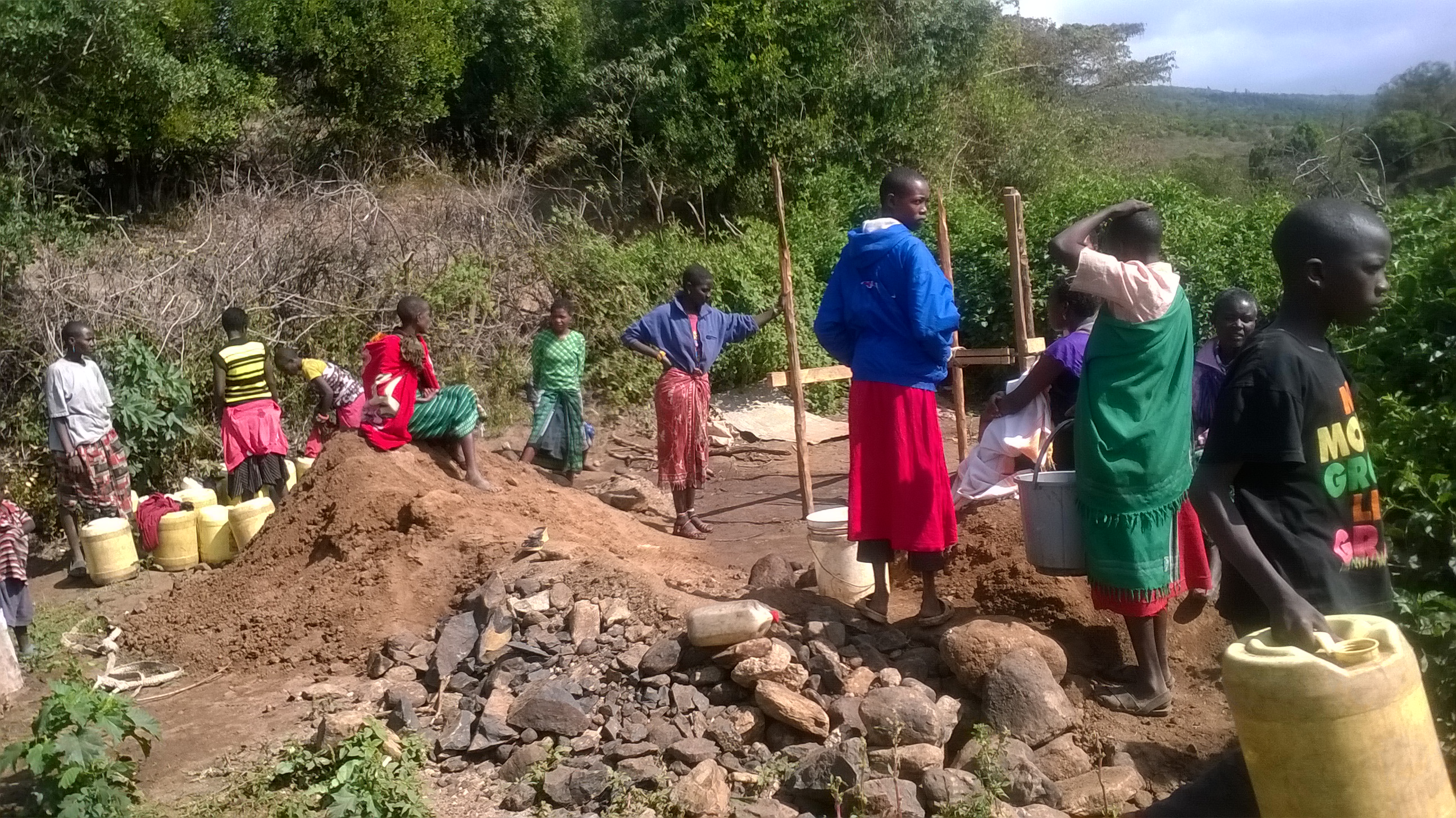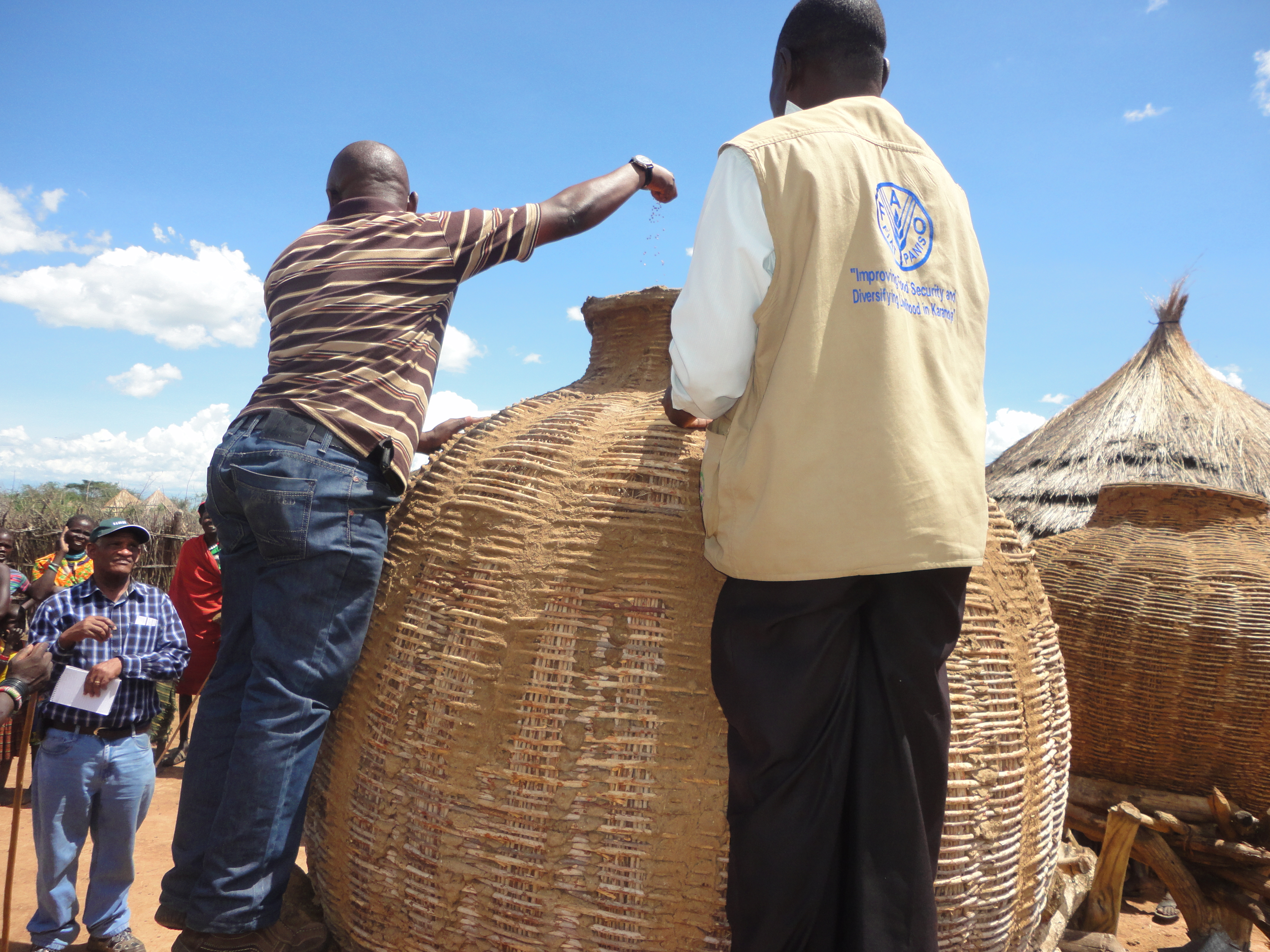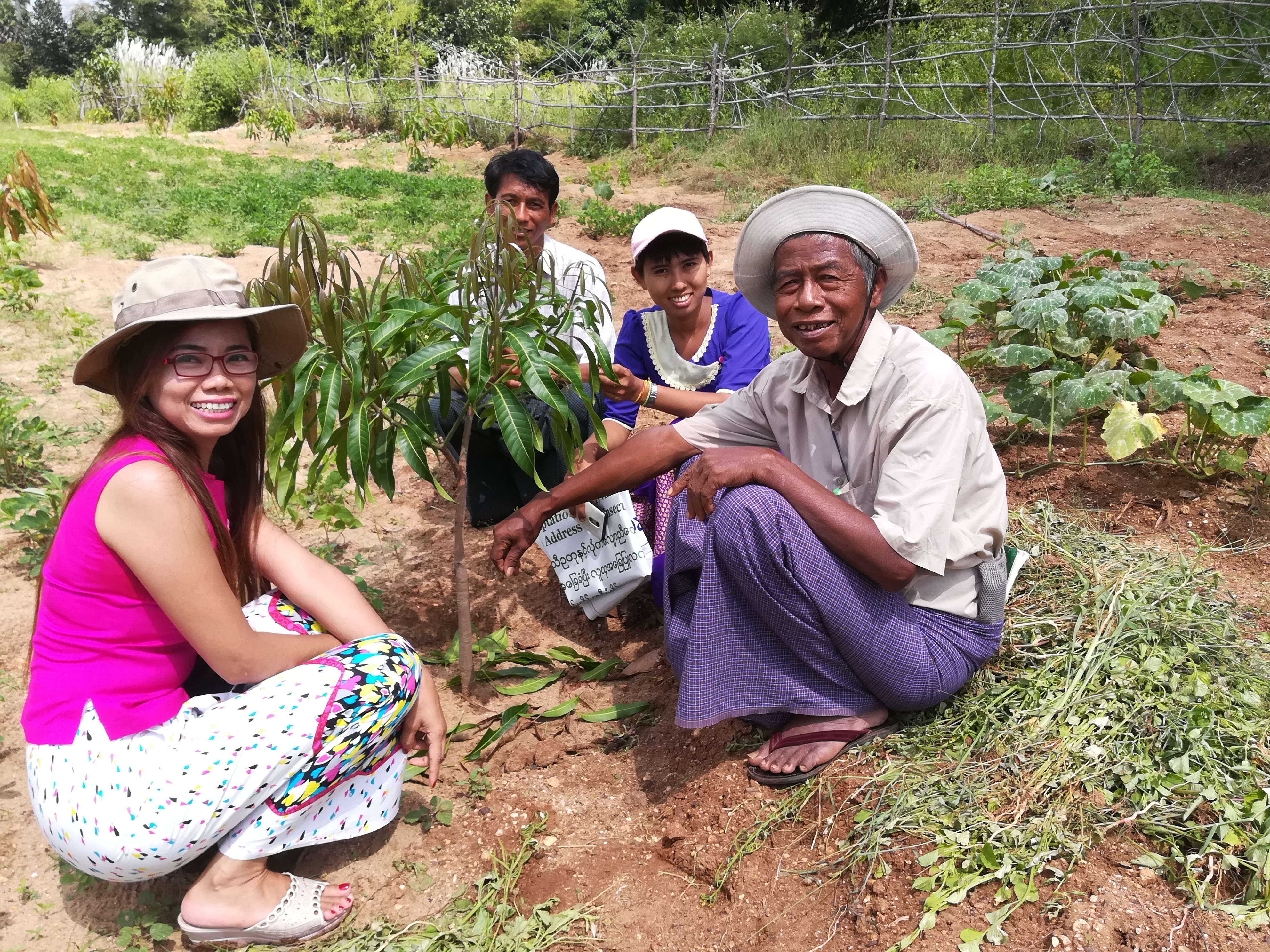Poor communities are usually the first and hardest hit by disasters, extreme climate events, and violence. Climate change has increased the risks of disasters as storms and droughts have become both more intense and more unpredictable, threatening the livelihoods of the poor.
Our resilience-building approach is focused on the livelihoods of the poor. We work with communities to implement disaster risk reduction and climate change adaptation programs directed at:
- Preserving and protecting livelihood assets including land, forests and water.
- Diversifying livelihood sources that do not contribute to risks and climate change.
- Empowering communities to identify, understand, and manage their risks and vulnerabilities.
In working with vulnerable communities in Myanmar, South Sudan, the Philippines and elsewhere, we are guided by our Community-managed Disaster Risk Reduction (CMDRR) program, which puts the communities at the forefront of all important actions. We build the capacities of communities to reduce and manage their disaster risks by conducting hazard assessments, making vulnerability and hazard maps to determine water ways, and training communities to develop action plans and allocate resources to minimize the impact of hazard when it occurs.
Specific Interventions
NGO Disaster Preparedness Program
- AOSED in Bangladesh: Leveraging technology to protect fishing communities, using SMS and GPS to provide early warning services for small fishers
- Aaranyak in India: Early warning systems for flashfloods in a remote and underserved region of India
- Yayasan IDEP in Indonesia: Community-managed disaster risk reduction for complex disasters in the often-ignored parts of Bali, Indonesia
- Lanthit Foundation: CMDRR focusing on the youth, women, the elderly and disabled as agents of change in Myanmar
- Lanao (LAFCCOD) in Mindanao: CMDRR and coastal zone management in a conflict zone, where national/international organizations cannot reach or work
- AEPD in Vietnam: Integrating the needs of persons with disabilities into disaster planning in Vietnam’s province with highest unexploded ordinance (UXO) concentration and highest population of disabled.
Trainings, Workshops and Publications
- IIRR has developed cutting age local, national and international training
- Developed series of training modules and curriculum for CMDRR
- Integrated Gender, HIV/AIDS, Peace Building and Monitoring and Evaluation in CMDRR
- Published training manuals, tool kits, case studies and others using a writeshop methodology



